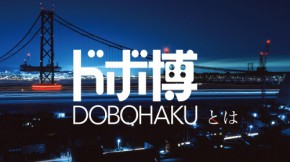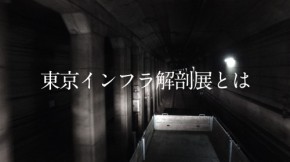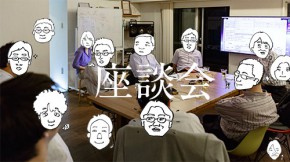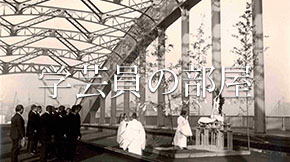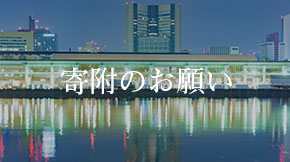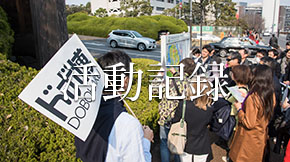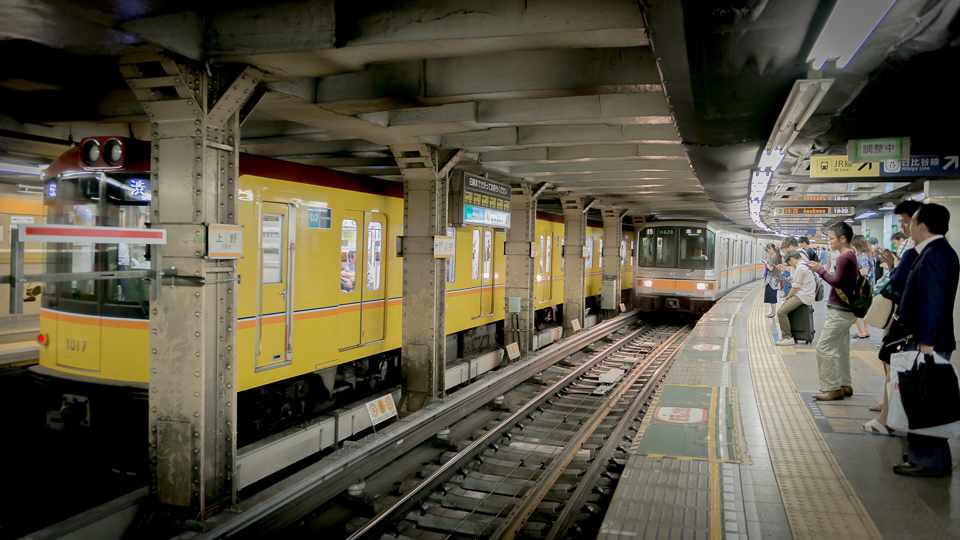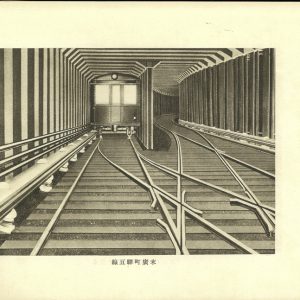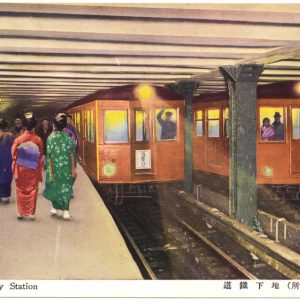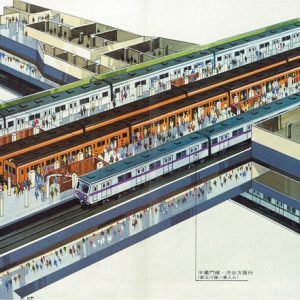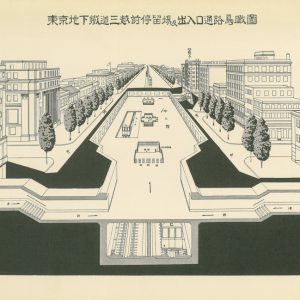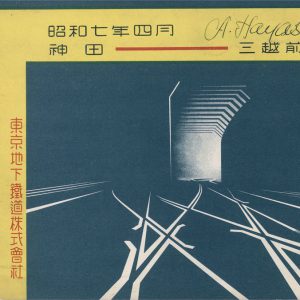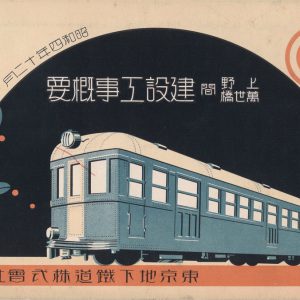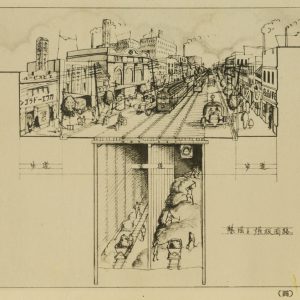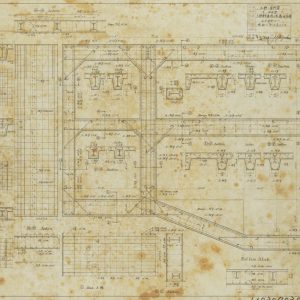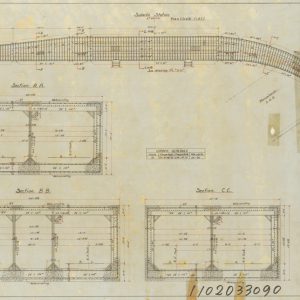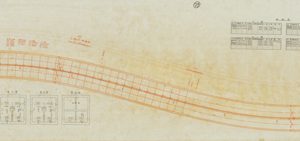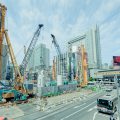This Asia’s first subway was opened in Asakusa/Ueno section in 1927. It’s only a 5 minute ride now. From this small section, one of the world largest subway network has been expanded.
Accoding to Yasunari Kawabata, nobel laureate writer, subway that connects places in the shortest and fastest way is prose, not poetic, implying the modern civilization. Attitude to pursue rationally and efficient means just to achieve one goal. As a result, the emotions overflowing in a narrow alley will disappear somewhere. Unlike a real space, the world of the subway is topologic showing only the correlation of the stations. However, just as history shows, the modern age has found and expressed another poem in this new space.
Meanwhile, the process of making the subway was a continuous battle with real space. They drilled down on the road and made a sturdy frame with steel and reinforced concrete. They drilled ventilation holes and applied perfect waterproofing. Anyway, in Japan, for the first time, we created an underground space where people can move and act comfortably for a long time.
Also, taking advantage of the underground space that “summer coolness and winter warmth”, department stores such as Mitsukoshi made a direct path to the subway. In this way, the human space was integrated with the network, and the dream of a new consumption space has been spun. (D.Kitagawa)
| Type | Subway | ||||
| Location | Tokyo Taito Ward | Chiyoda Ward | Chuo Ward | Minato Ward | Shibuya Ward |
| Structure | Reinforced concrete | ||||
| Scale | extension 14.3 km | ||||
| Completion year | 1927-1939 | ||||
| Manager | Tokyo Metro | ||||
| Designer | Tokyo Underground Railway Tokyo High-speed Railway | ||||
| Remarks | Civil Engineering Heritage listed by JSCE |
